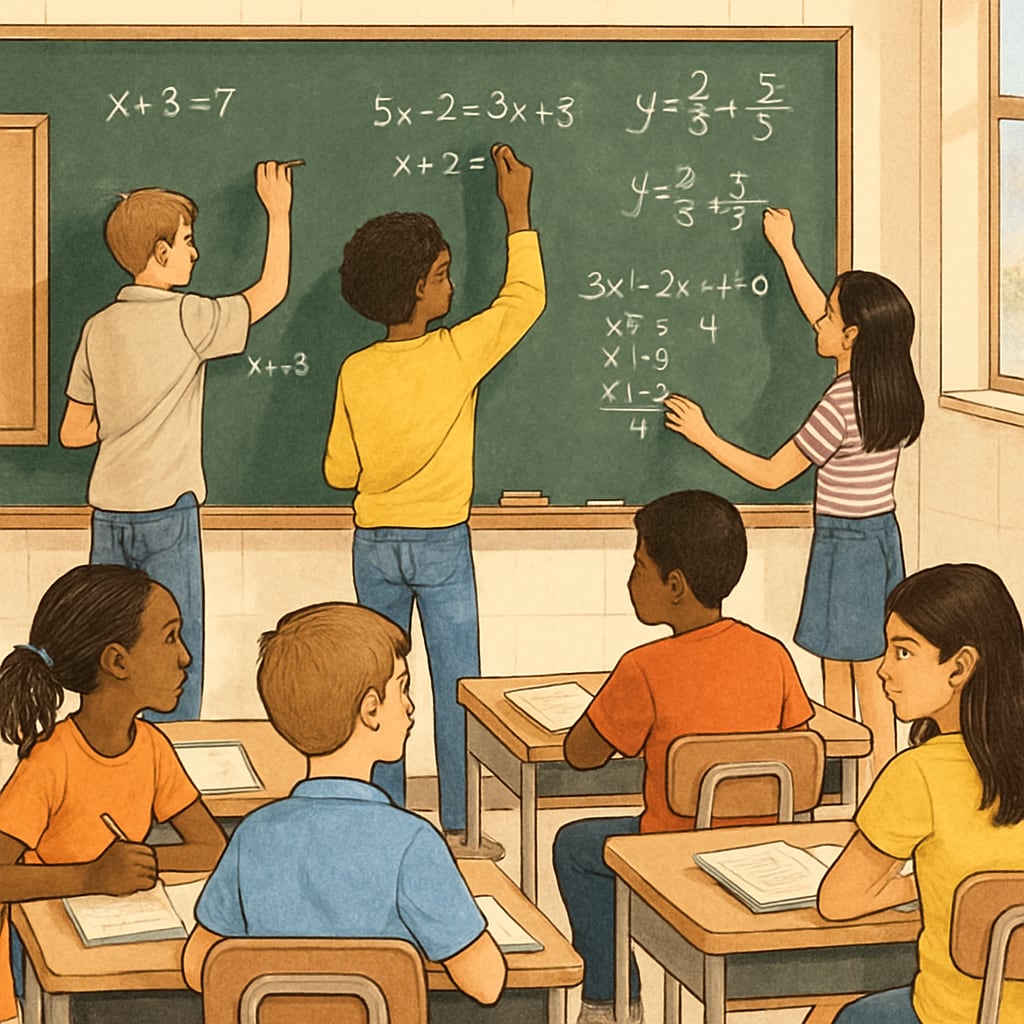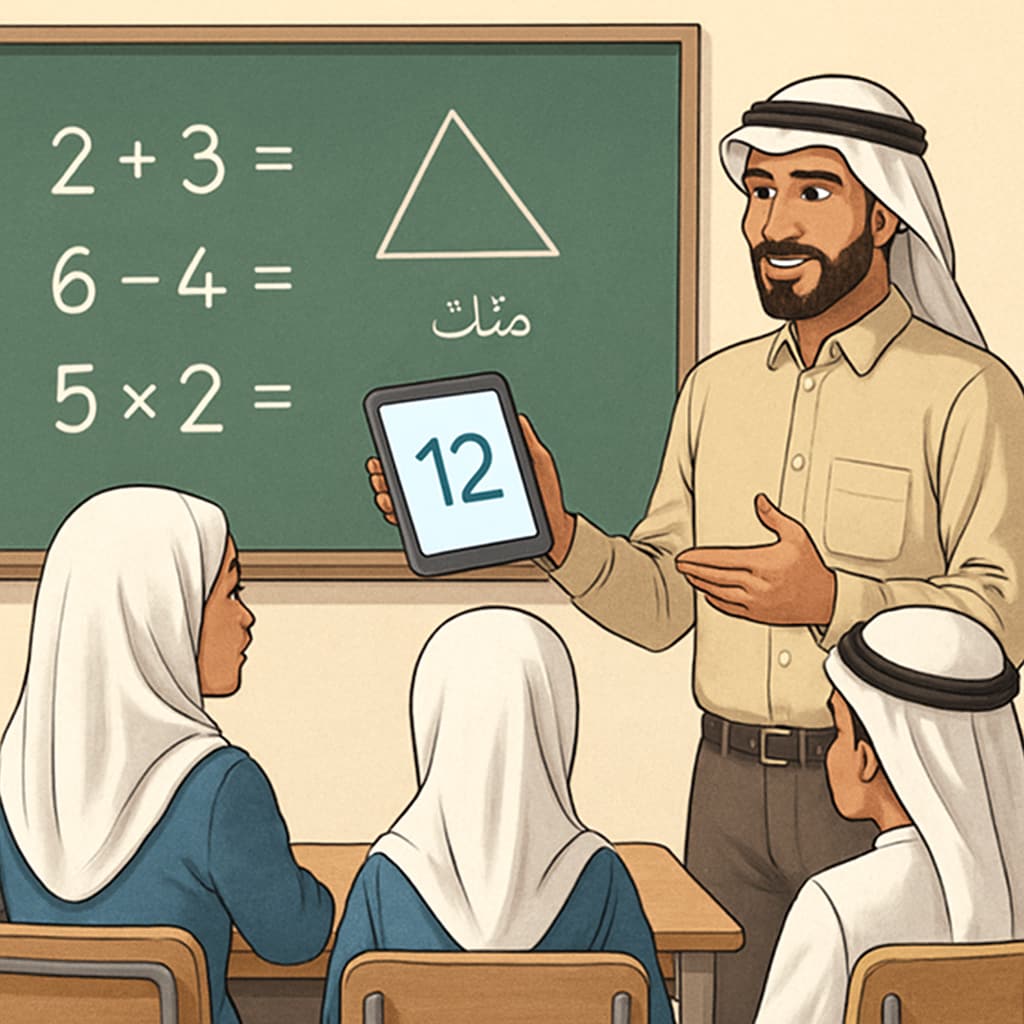High school math teaching challenges often present a complex landscape for educators and students alike. For students in their final year, the pressure to master advanced mathematical concepts can be daunting. When cultural and linguistic barriers are added to the mix, the challenges multiply. This article delves into the core difficulties students face in learning high school math and explores how Arabic teaching innovations can provide effective solutions for learners from diverse backgrounds.
Understanding the Core Difficulties in High School Math
High school mathematics often requires students to engage with abstract concepts like calculus, algebra, and trigonometry. These topics demand strong analytical skills, consistent practice, and the ability to connect theoretical knowledge to practical applications. However, many students struggle due to:
- A lack of foundational understanding from earlier grades.
- Difficulty in visualizing abstract mathematical principles.
- Limited access to personalized teaching methods that cater to various learning styles.

For students from non-native language backgrounds, such as Arabic-speaking learners, the difficulty is compounded by language barriers. Technical mathematical terms and problem-solving instructions may not translate seamlessly, leaving these students at a disadvantage. Addressing these issues requires innovation in both teaching methods and language support.
Innovative Arabic Teaching Methods: A Bridge to Mathematical Mastery
Incorporating Arabic teaching methods into math classrooms can break down barriers and provide culturally relevant learning experiences. Here are some effective strategies:
- Interactive Multimedia Resources: Using videos, animations, and online simulators with Arabic instructions can help students grasp complex concepts visually and linguistically.
- Language-Specific Support: Bilingual teaching assistants or tailored textbooks that explain mathematical terms in both Arabic and English can bridge the understanding gap.
- Gamified Learning: Gamified educational apps designed for Arabic-speaking students can make learning math engaging and less intimidating.
For example, platforms like Khan Academy and other open educational resources can be adapted to include Arabic translations and culturally relevant examples. Such approaches not only make math more accessible but also empower students to connect with the content on a personal level.

Combining Mathematics and Language Learning
Integrating language development into math education benefits all learners, particularly those from multilingual backgrounds. For Arabic-speaking students, this means designing curricula that simultaneously build math and language proficiency. Some effective practices include:
- Collaborative group projects where students solve real-world math problems while practicing academic language.
- Frequent use of visual aids, such as charts and diagrams, accompanied by Arabic annotations.
- Encouraging peer tutoring, where advanced students help others in both math and language skills.
By emphasizing the connection between language and mathematics, educators can create an inclusive environment that supports the diverse needs of their students. Furthermore, integrating cultural elements into lessons fosters a sense of belonging, which is crucial for academic success.
Conclusion: Breaking Barriers Through Innovation
High school math challenges are significant, but they are not insurmountable. By addressing the specific needs of Arabic-speaking students through innovative teaching methods, educators can foster a more inclusive and effective learning environment. The integration of bilingual resources, interactive tools, and culturally relevant teaching practices holds the potential to transform math education for diverse learners.
As education evolves, recognizing and addressing the intersection of language and subject-specific challenges is essential. By breaking down these barriers, we can empower students to excel not only in math but also in their broader academic and personal journeys.
For more insights on educational strategies, explore related resources on education systems on Britannica.
Readability guidance: Short paragraphs and clear lists summarize key points effectively. Transition words like “however,” “therefore,” and “for example” ensure smooth readability. Passive voice and long sentences are minimized for better clarity.


